
In Tay Gio Linh commune (formerly Gio An commune, Gio Linh district, Quang Tri ), the Gio An ancient well system is not only a valuable historical and cultural relic but also an important part of the lives of local people.
According to archaeologists, the Gio An ancient well system is about 1,800 years old. To this day, this ancient well system still exists firmly over time, becoming one of the unique architectural works, the pride of the people and an unmissable destination for tourists.
Unique irrigation system
Gio An ancient well system includes 14 wells, located in the villages of An Nha, An Huong, Hao Son, Long Son and Tan Van.
These ancient wells have unique names, each well carries its own story and meaning, such as Coi well, Duoi well, Bung well, Trang well, Dao well (An Nha village); Gai well 1, Gai well 2, Nay well (An Huong village); Tep well, Ong well, Ba well, Gai well (Hao Son village); Mang well (Long Son village); Pheo well (Tan Van village).
By using stone to build embankments, channel water and form wells, Cham architecture demonstrates a profound understanding of geology and hydrology.
The Cham people chose sites at the foot of red basalt hills, where underground water flows through. They used rocks to create channels, settling tanks, and walls, which help retain water during the dry seasons, creating a source of fresh, cool water all year round.
What is special is that Gio An ancient well system never runs out of water, whether in the hot summer or the cold winter.
Mr. Pham Van Vinh, the village elder of An Nha village's communal house, shared: "Trang well has two separate areas, one for men and one for women. In ancient times, when there were no wells, the whole village used water from this ancient well for all daily needs and agricultural production."
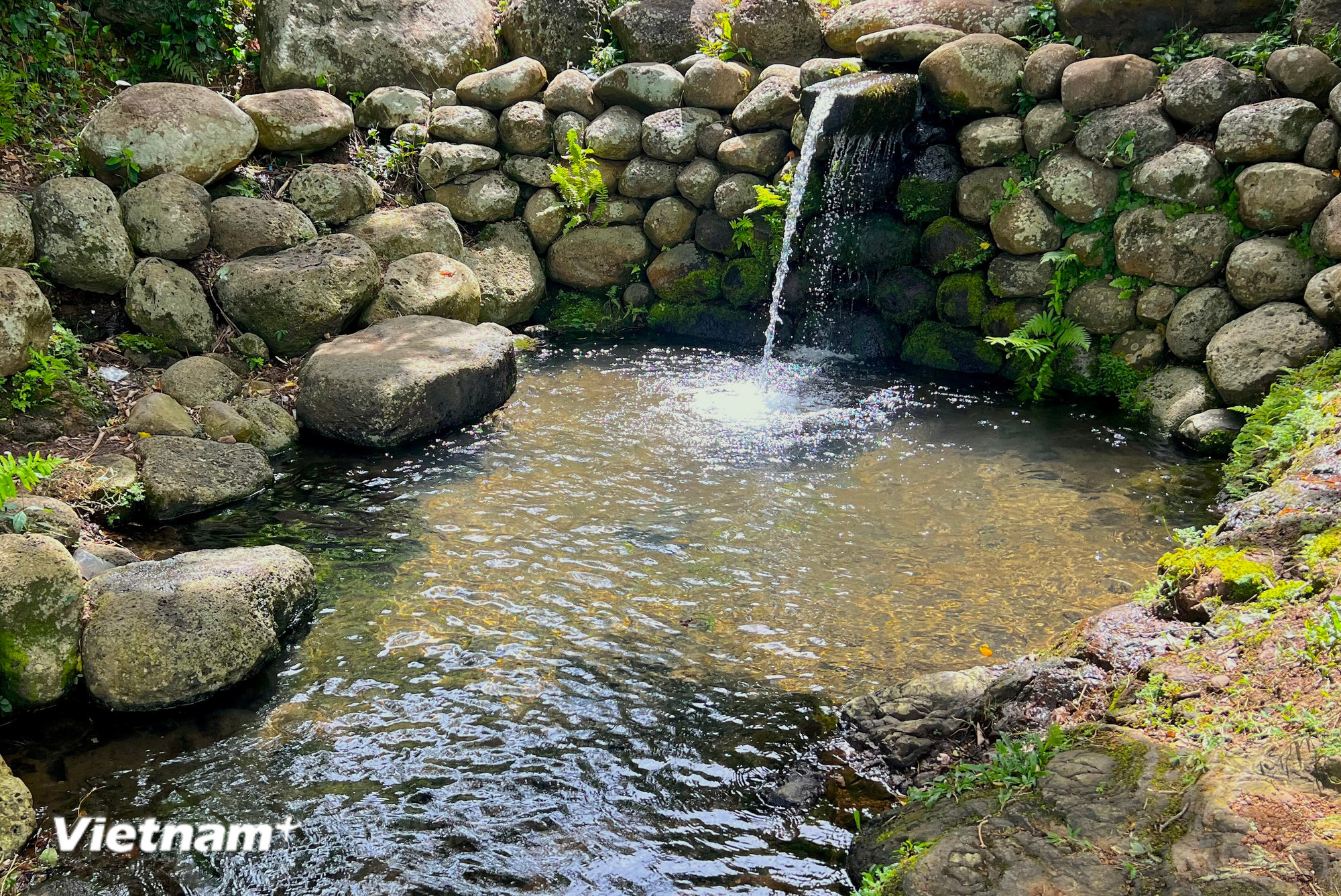
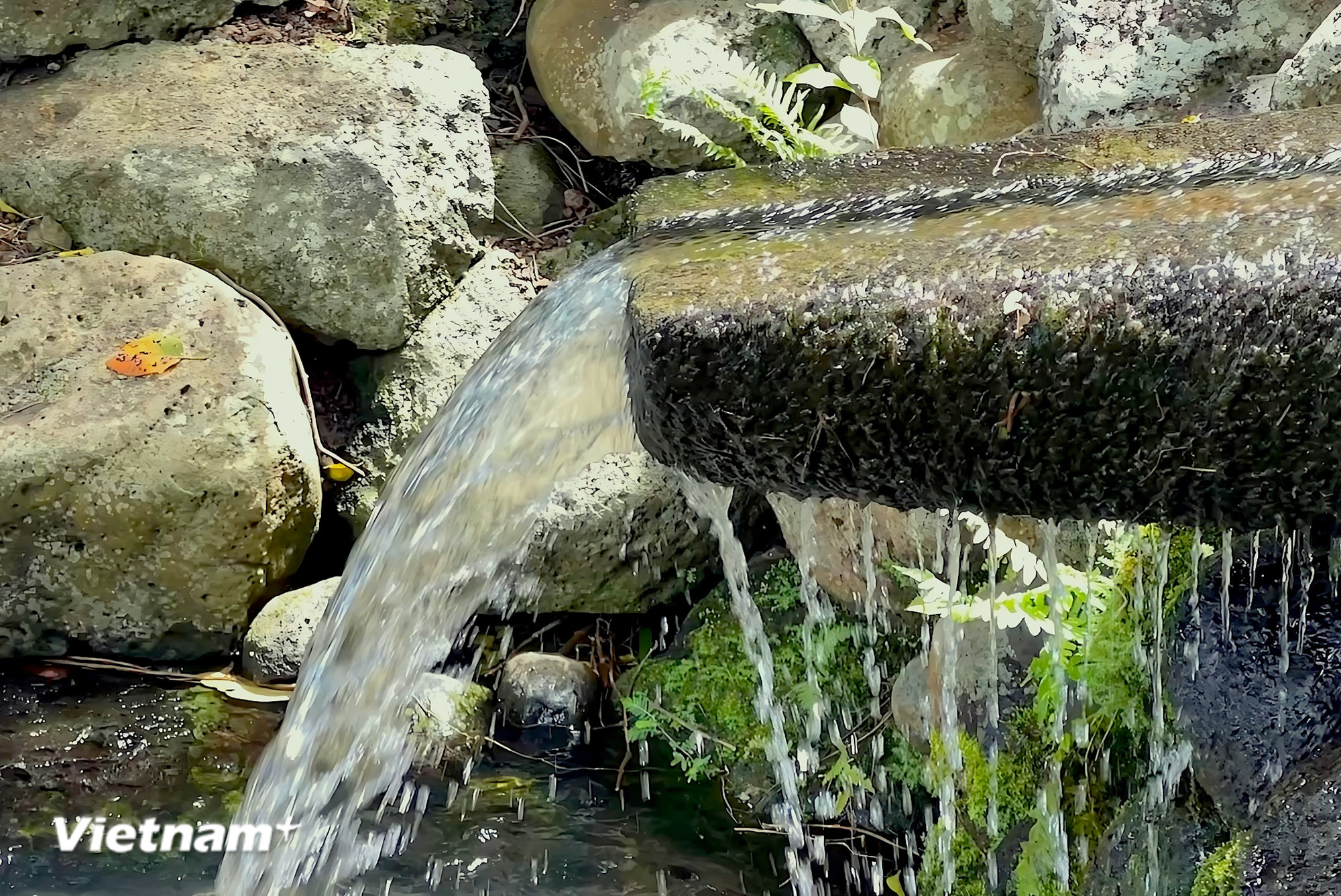
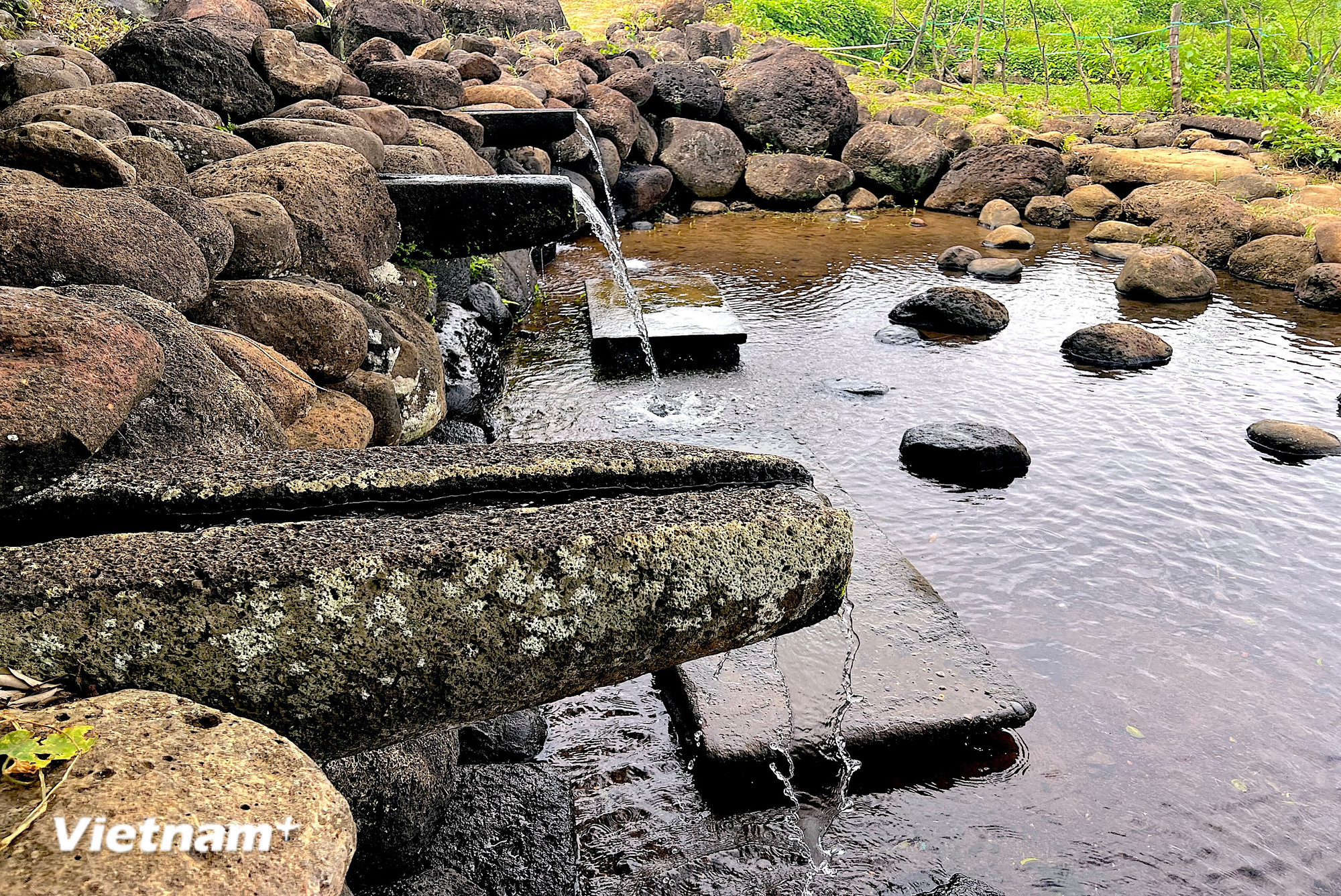

The underground water source always maintains a stable amount of water thanks to the ingenuity in design of the Cham people. They built settling tanks about 0.5m deep and water channels to flow out to serve agriculture and daily life.
The project also demonstrates the intelligence and clever behavior of the ancient Cham people in harmony with nature, taking advantage of natural conditions to serve community life in a sustainable way.
Gio An ancient well is not only a historical heritage but also a proud architectural and hydraulic wonder of the Cham civilization.
Potential for ecotourism
The Gio An ancient well system, about 1,800 years old, was recognized as a national historical and cultural relic in 2001.
Quang Tri province has approved a plan to protect the Gio An ancient well system with an area of about 3.74 hectares for 14 ancient wells, along with a buffer zone to protect underground water sources and the surrounding landscape.
Protection is not only limited to preserving wells but also includes protecting the surrounding natural landscape and ecosystem, facilitating the development of community tourism and ecotourism.
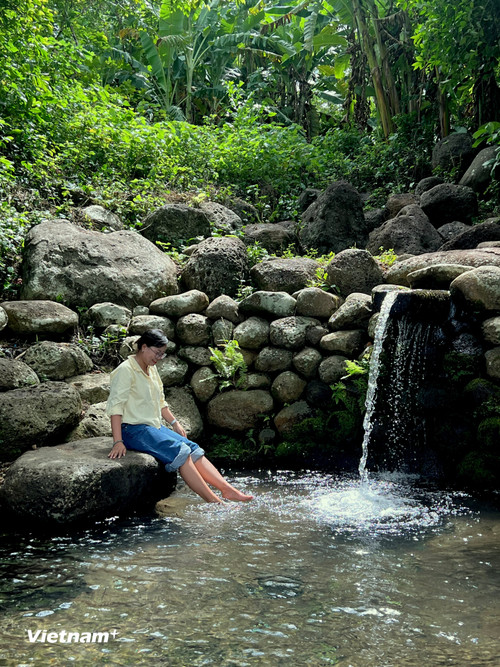
Mr. Le Xuan Quang, Head of the An Nha Village Front Committee, shared: "The two wells in Hao Son and An Nha villages are often visited by tourists. We always organize cleaning around the ancient wells to ensure a clean and beautiful environment for tourists."
"Local people consider ancient wells as precious heritage, so they always make efforts to preserve and protect them," Mr. Quang emphasized.
In order to attract tourists, Tay Gio Linh commune has built tourism infrastructure, including parking lots, public restrooms, and homestay models.
At the same time, the Gio An ancient well system is located in an area with favorable conditions connecting with tourist routes in the region such as Truong Son National Martyrs Cemetery, Cua Viet Beach, and Doc Mieu Military Post Monument, promising to promote tourism in Quang Tri province.
In the ancient well area, people also develop typical clean agricultural products such as watercress, yam, purple potato, pepper, turmeric, etc. These products are grown thanks to the pure water source from the ancient well, creating a clean agricultural model combined with sustainable tourism.
Where the past and present connect
Mr. Pham Van Vinh, the old man of An Nha village's communal house, shared: "From ancient times until now, Gio An ancient well has always been a special water source providing water for An Nha village's watercress fields, a famous vegetable that can only grow thanks to water from the village's well."

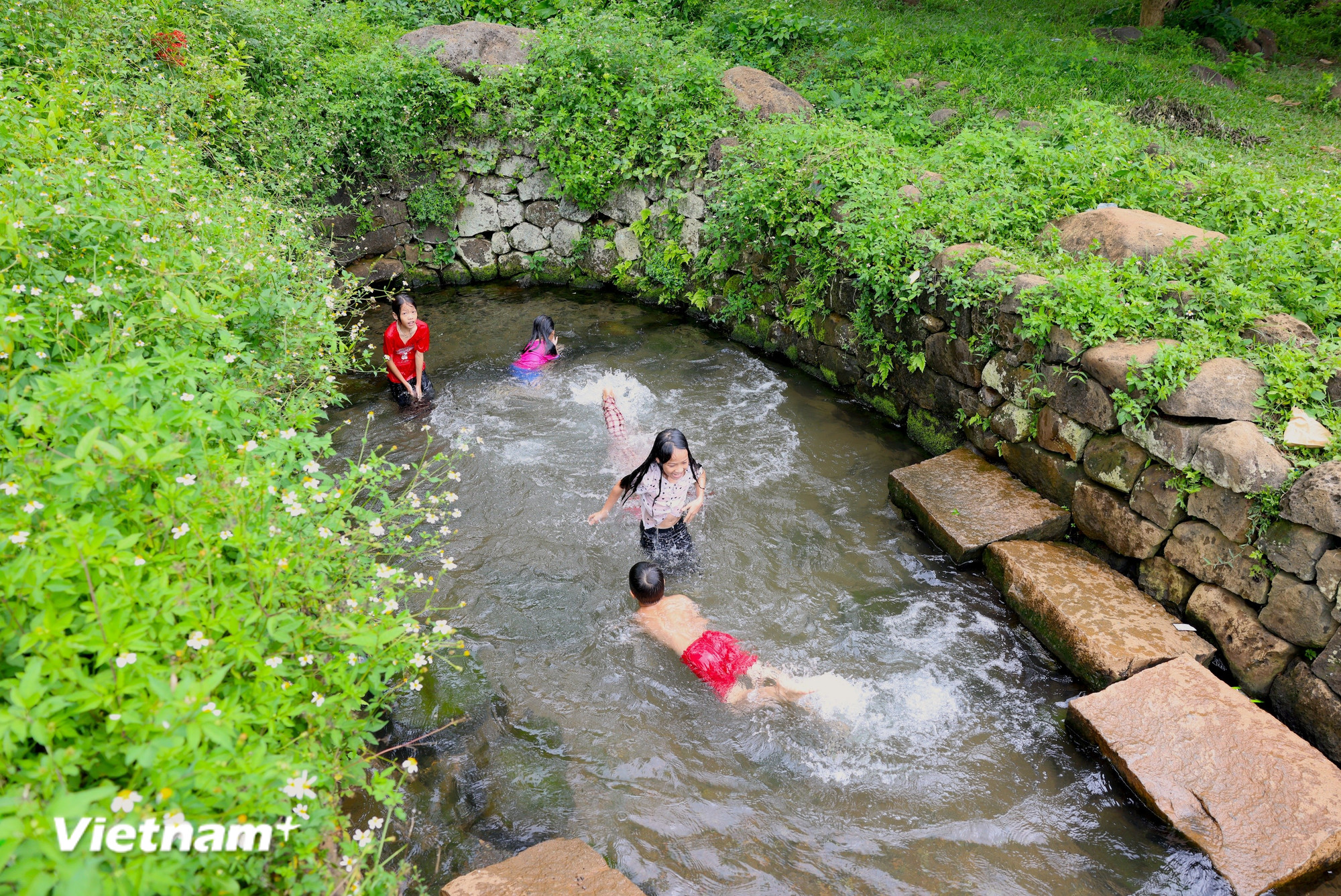
Even more special, Mr. Vinh said, as Mr. Tu, who has spent his whole life taking care of the village temple, he understands all the invisible values of the ancient well for An Nha village.
For many years, the ancient well has been a place for the village children every summer, where they gather, play, and bathe in the cool water. Therefore, the ancient well has become an indelible part of the memories of many generations of villagers.
Gio An ancient well system is not only a cultural relic, but also plays an important role in the agricultural production of local people. The cool and clean water source has created a special ecosystem, contributing to the development of clean and sustainable agriculture.
With its cultural, historical and agricultural values, the Gio An ancient well system is not only a relic, but also a vibrant part of modern life.
Preserving and developing the ancient well system is a way to protect the precious heritage of our ancestors and bring economic and social values to the community in the future./.
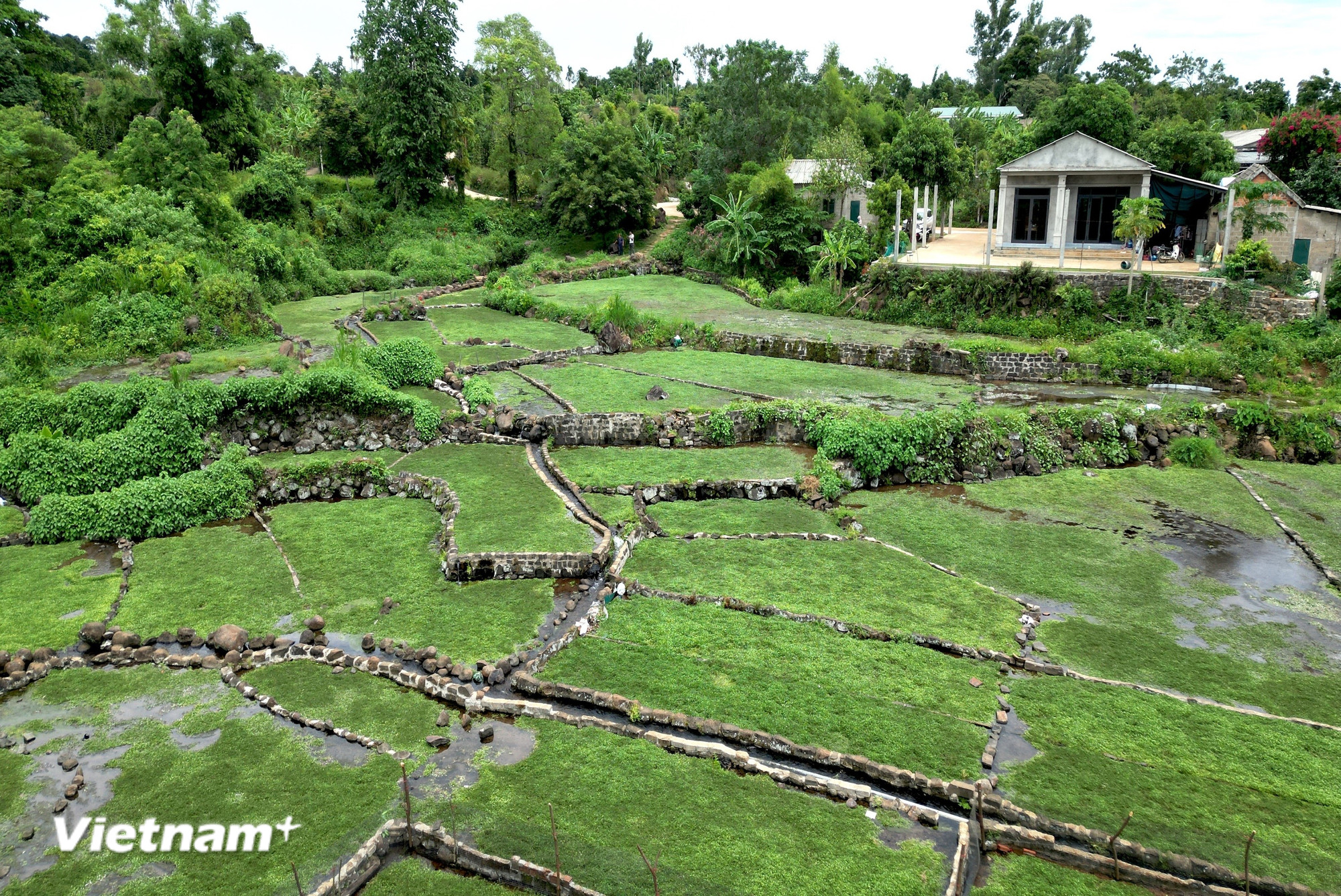
Source: https://www.vietnamplus.vn/thiet-ke-gieng-co-gio-an-nghin-nam-tuoi-cua-nguoi-cham-co-gi-doc-dao-post1052714.vnp


![[Photo] National Assembly Chairman Tran Thanh Man attends the VinFuture 2025 Award Ceremony](/_next/image?url=https%3A%2F%2Fvphoto.vietnam.vn%2Fthumb%2F1200x675%2Fvietnam%2Fresource%2FIMAGE%2F2025%2F12%2F05%2F1764951162416_2628509768338816493-6995-jpg.webp&w=3840&q=75)


![[Photo] 60th Anniversary of the Founding of the Vietnam Association of Photographic Artists](/_next/image?url=https%3A%2F%2Fvphoto.vietnam.vn%2Fthumb%2F1200x675%2Fvietnam%2Fresource%2FIMAGE%2F2025%2F12%2F05%2F1764935864512_a1-bnd-0841-9740-jpg.webp&w=3840&q=75)







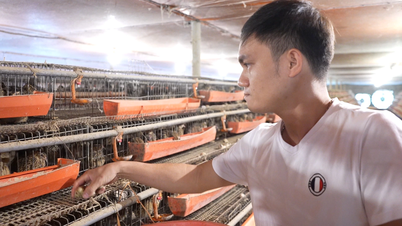

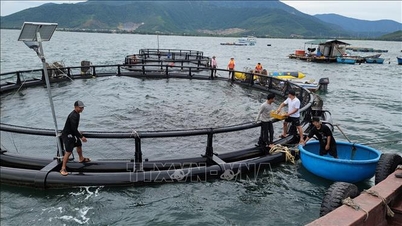




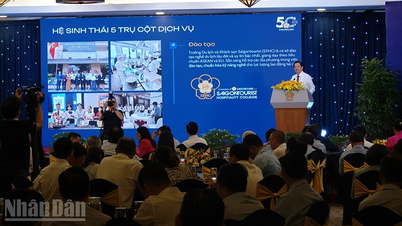

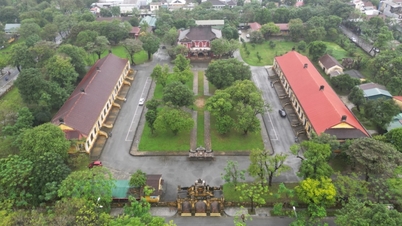









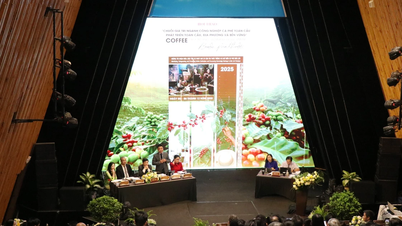
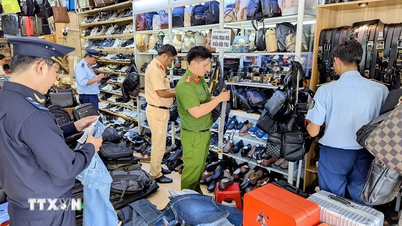

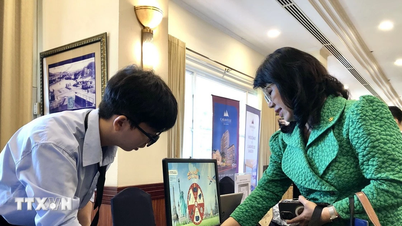

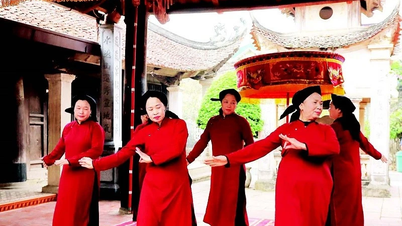
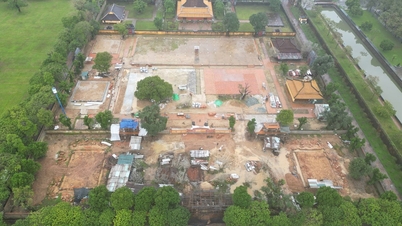





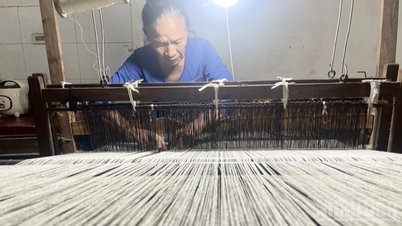

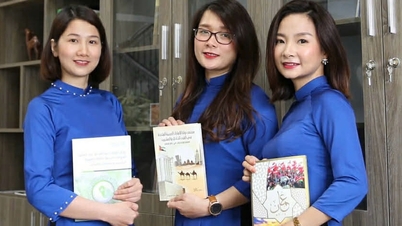











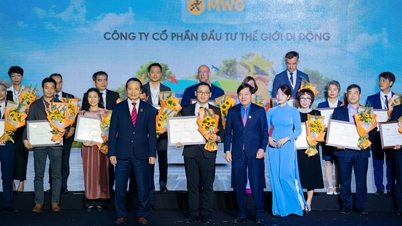
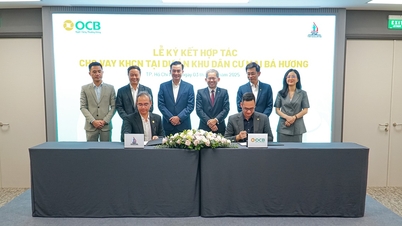
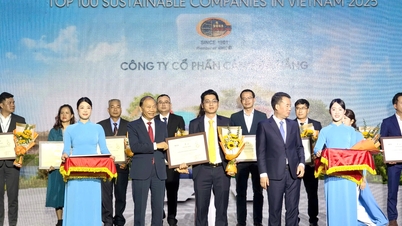






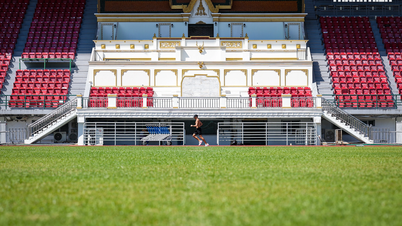

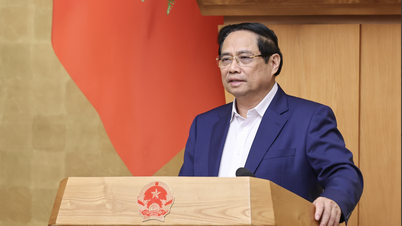

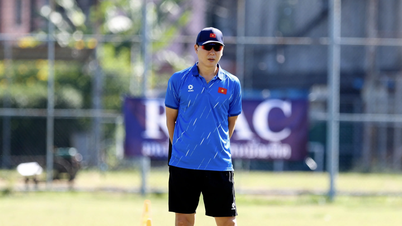
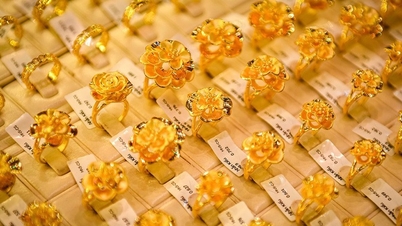






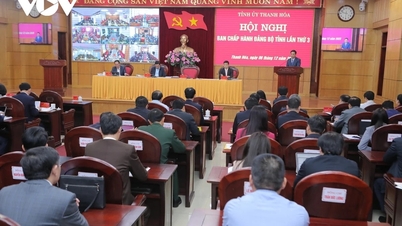

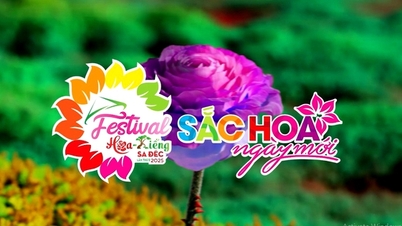


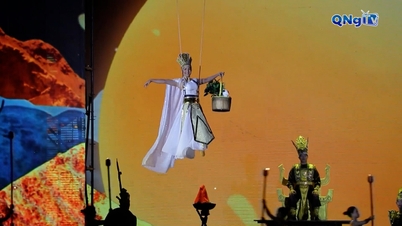

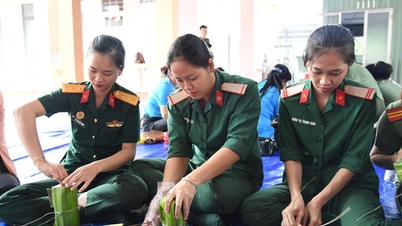

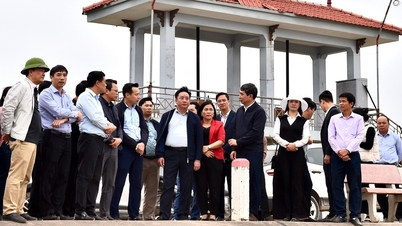


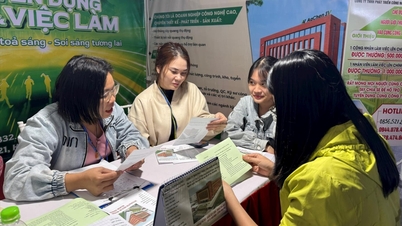













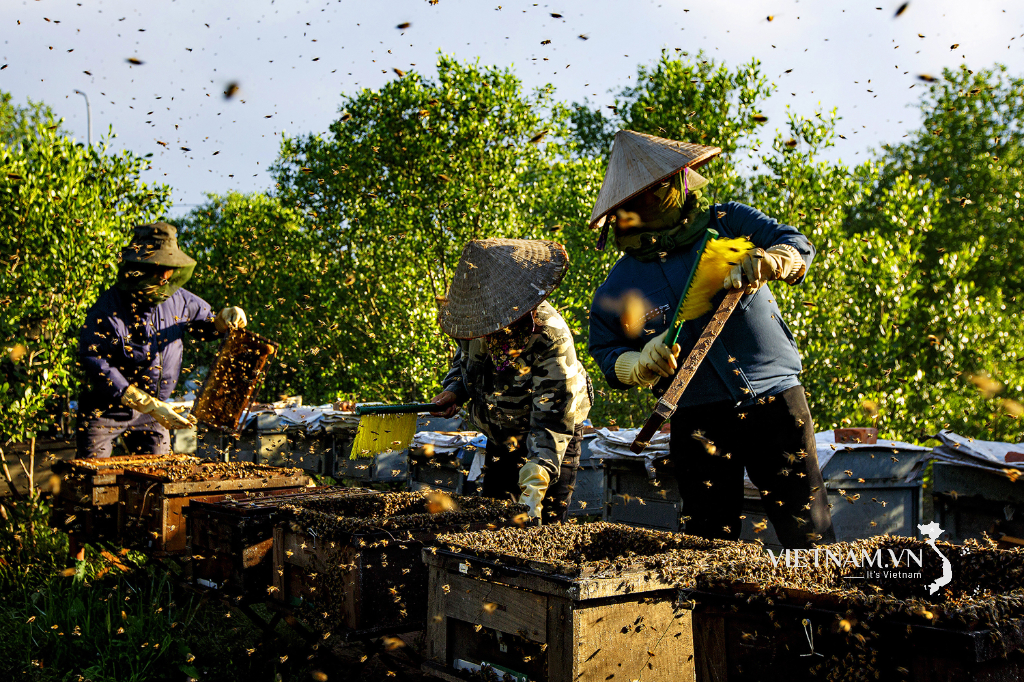





Comment (0)